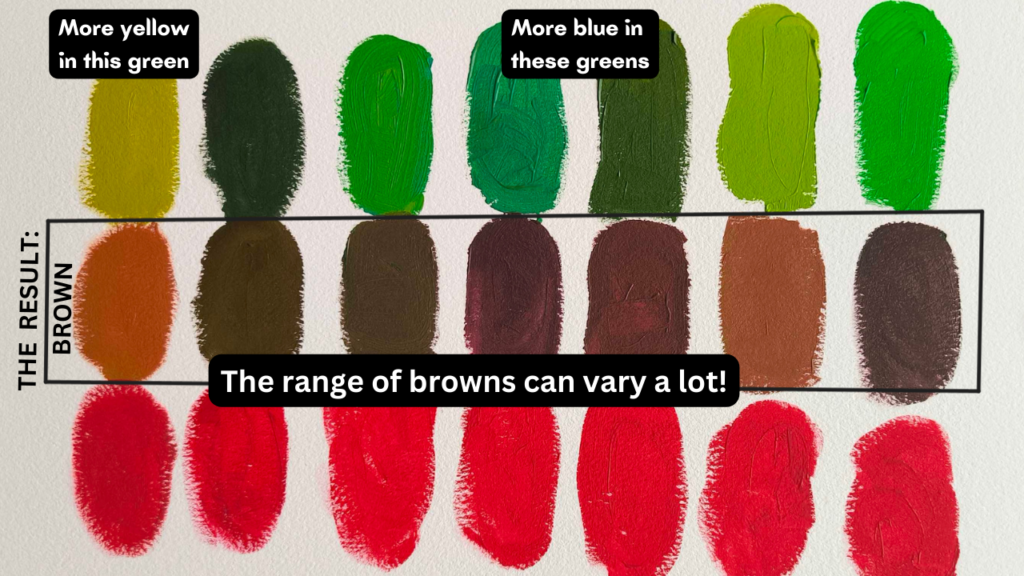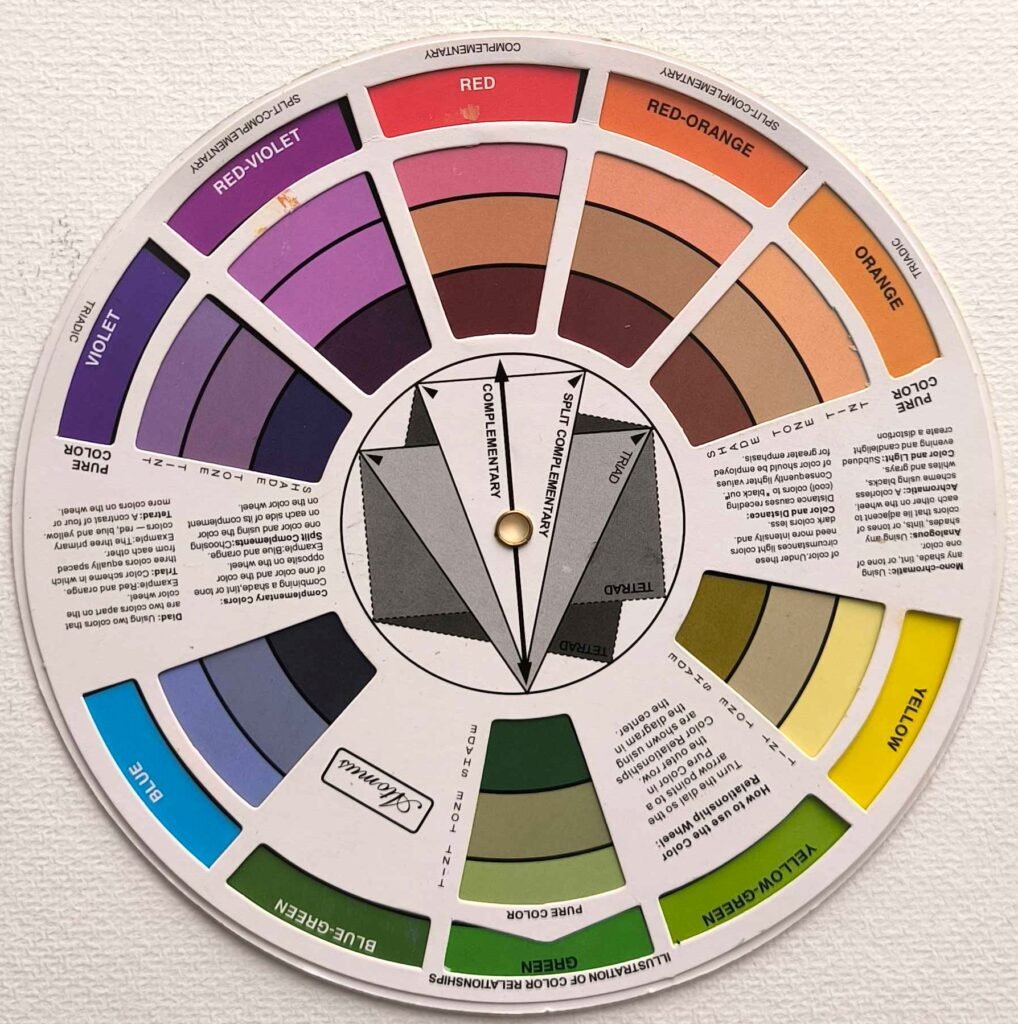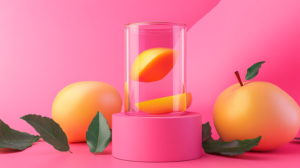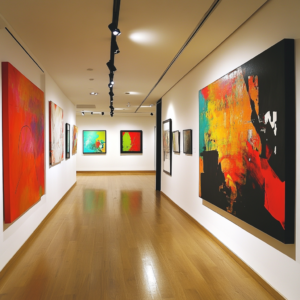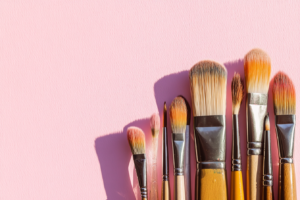Have you ever wondered what color red and green make when mixed? You might expect that combining two primary colors would produce a vibrant secondary color. However, the real result may surprise you.
mixing Red and green make what color? That may be a surprise.

Key Takeaways
Red + Green = Brown
Mix red and green and you get brown. It’s not magic, just how colors work.
Red and green are opposites
On the color wheel, red and green sit across from each other like rivals. When you mix rivals, they cancel each other out, creating a dull color like brown or even black.
The green you use changes the brown you get
More blue in your green? You’ll get a cooler, purplish brown.
More yellow in your green? Expect a lighter, hazelnut brown. Sometimes it even leans orange.
The red you use matters too
Red with blue undertones makes the brown cooler and a little purple.
Red with yellow undertones makes the brown warmer and toastier.
Before we dive into mixing red and green, let’s get back to basics.
Mixing colors is how you create brand-new shades that didn’t exist before. A little red here, a little green there, and suddenly you’ve got something totally different. It’s like being a color scientist.
Mixing red and green is like forcing Santa and the Grinch to share a dance floor. At first, it’s total chaos. But give it a minute, and somehow they blend into a wild, festive brown nobody saw coming.
The basics of color mixing: color wheel and primary colors
“Red and green make WHAT color?” you ask. Let’s back up and check out the color wheel.
Primary colors are the big bosses of color. Red, blue, and yellow can’t be made by mixing anything else. They’re pure. They’re original. Mix them together, and you start unlocking new colors.
Now, green, orange, and purple? Not primary. They’re secondary colors. Why? Because you can make them:
Green = Blue + Yellow
Orange = Red + Yellow
Purple = Red + Blue
See the pattern? Primary colors team up to create secondaries.
The color wheel lines all this up. It shows 12 colors, broken down into primary, secondary, and tertiary groups. It also shows where colors sit next to each other—and who their “opposites” are.
Opposites (also called complementary colors) are:
Red and Green
Yellow and Purple
Blue and Orange
If you look at a color wheel, you’ll see these pairs sitting straight across from each other like rivals.
So… what happens when you mix two rivals together? For example:
what color do red and green make when you smash them together? Let’s find out.

Red and green are complementary colors, which means they have serious contrast when placed side by side.
That’s why they’re the ultimate holiday combo. But this “opposite” relationship also changes what happens when you mix them together.
You’d think mixing red and green would make some epic Christmas color. Nope. Mix them, and you don’t get red, green, or anything festive. You get brown. A warm, earthy, totally unexpected brown.
Here’s why:
Whenever you mix opposites on the color wheel—red and green, yellow and purple, blue and orange—you don’t get something brighter. You cancel out their intensity. The colors lose their vividness and turn into brown or sometimes black.
So when you mix red and green, you’re not making a flashy new color.
You’re creating a bold, earthy brown that’s the result of two rivals finally shaking hands.
So, the unexpected result of mixing red and green is brown
“Red and green make WHAT color? Brown?” Yep, brown.
Not greenish-red. Not reddish-green. Just good old earthy brown. A color that feels warm, cozy, and straight out of a retro magazine.
Brown doesn’t get enough credit. It’s crazy versatile. Deep chocolate brown feels rich and fancy. Light beige-brown gives off calm, chill vibes. Want a rugged, outdoorsy look? Brown’s your best friend there too.
So how do you get different shades of brown, like hazelnut or mahogany?
It all comes down to a few simple tricks.
The type of brown you get depends on the kind of red and green you mix.
If your green has more blue in it, you’ll end up with a cooler, purplish brown.
If your green has more yellow, you’ll get a lighter, hazelnut brown—sometimes almost orange.
Same deal with red.
A red with more blue gives you a cooler, purple-leaning brown.
A red with more yellow makes a warmer, toastier brown.
Check out the image above to see how it plays out.
Different Types of Brown Green And Red Make
Now it’s time to mix.
Take different reds and greens. Mix them one by one. Add more yellow to some reds. Add more blue to some greens. Every tweak changes the brown you get—and there are a lot of browns out there.
Here’s a quick tour of the most common ones, sorted from lightest to darkest, with a quick note next to each color about whether it’s warm or cool:
| Color Name | Lightness | Temperature |
|---|---|---|
| Ochre Brown | Light | Warm |
| Tawny Brown | Light-Medium | Warm |
| Caramel Brown | Medium | Warm |
| Hazelnut Brown | Light-Medium | Warm |
| Cinnamon Brown | Medium | Warm |
| Sienna Brown | Medium | Warm |
| Saddle Brown | Medium-Dark | Warm |
| Mocha Brown | Medium-Dark | Cool |
| Chestnut Brown | Medium-Dark | Warm |
| Mahogany Brown | Deep | Warm |
| Walnut Brown | Dark | Cool |
| Beaver Brown | Dark | Cool |
| Umber Brown | Dark | Cool |
| Burnt Sienna | Dark | Warm |
| Sepia Brown | Dark | Warm |
| Burnt Umber | Very Dark | Cool |
| Bistre Brown | Very Dark | Cool |
| Espresso Brown | Very Dark | Cool |
| Chocolate Brown | Very Dark | Warm |
Lighter browns? Mostly warm.
Darker browns? Mostly cool.
Every shade has its own vibe—some feel cozy, some feel rugged, some feel straight-up bold. Play around with different hues and see what story you can tell.

So, in Conclusion: Red and Green Make What Color When Mixed?
And there you have it—the answer to the classic question, “What color do red and green make?” You don’t get fireworks. You get brown.
Not the loud color you might expect, but a grounded, earthy shade that’s way more versatile than it gets credit for.
Check out this blog post about the differences between acrylic and oil paints and more specifically, how to get started with acrylic paints! And to find some inspiration, here are my best ideas for canvas painting for beginners 🙂

Frequently Asked Questions
- What color do red and green make when mixed? Brown. The exact shade can shift depending on how much red or green you use.
- What color does red and green make? Brown. It’s a muted, earthy color that’s often used to create natural or rustic tones in art and design.
- What color is a mix of red and green? Brown. Artists often mix these colors when painting realistic skin tones, wood, or earth.
- Does green and red make yellow? No, it makes brown. To get yellow, you’d need to mix primary colors differently—typically red and green won’t ever get you there.
- Do red and green make purple? No, they make brown. Purple is made by mixing red and blue, not red and green.
- Does red and green make black? No, brown. However, if the red and green are very dark and heavily saturated, the result can look almost black.
- Do green and red make brown? Yes! They make brown. Mixing different shades of red and green can give you everything from hazelnut to espresso brown.
- Mixing red and green results in what color? Brown. It’s a neutral color that works well in designs needing a grounded or natural feel.
- What happens when you mix red and green? You get brown. This happens because red and green are complementary colors that cancel each other out.
- Are there any other colors that red and green can make? No—just brown. Though the tone can vary from warm to cool depending on the undertones of the original colors.
- Is it true that red and green make brown? Yes, always. This is a basic rule in both painting and digital color theory.
- What is the result of mixing green and red? Brown. This mix is often used to tone down bright paintings and create more realistic, earthy effects.
- Do red and green create a secondary color when mixed? No. They create brown, not a secondary color. Secondary colors are bright (like orange, green, purple)—brown is more of a neutral mix.
- Can mixing red and green create any other color? No. The only color that emerges from mixing red and green is brown. However, depending on the exact hue of green and red you used, the result may be more brownish or purplish.
- How does the combination of red and green create brown? They cancel each other out, leaving brown behind. This is because complementary colors, when mixed, neutralize each other’s intensity.



